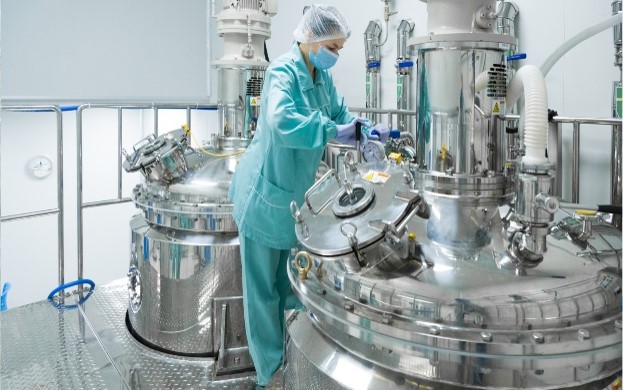Causes of Plating Defects: Copper Peeling
One of the main causes of plating defects is copper peeling. Copper peeling is really a disconcerting situation. If it happens, you’ve already put a lot of money, time, and effort to fabricate the circuit board up to this point as you come out of your electrolytic, or electroless copper, plating process. This becomes disconcerting because you may find out that the plated copper peels from either the laminate surface or from the electrical surface. Of course at that point, it’s very difficult to rework the board, and most likely that board at this time will be most likely scrapped.
So, what happens in situations like this? Why do we have peeling?
There’s a number of factors that we list here, but what we really want to talk about first is to identify where the peeling is coming from. Is it the electroless copper peeling from the laminate, or is it the electrolytic copper peeling from the electroless? Because that’s going to trigger a whole different mechanism of how you solve this problem.
Regardless, one of the first things we look at is inadequate cleaning. Things to consider are if we did a good job of removing things like oxidation, or if poor overexposure of the photoresist may have caused additional materials to lock into the copper surface, thus causing a barrier. All of these things have to be looked at, but again, you’ve got to find the area of where the root cause, and that’s always the difficulty with troubleshooting.
The clear conditioner is a very important aspect of the process as it helps enhance the extortion of the palladium catalyst to the surface. However, some of these cleaner conditioners have such a strong affinity to attract palladium to the copper that we ended up getting too much plating on the surface that we have a barrier, or if you will, too good adhesion. We end up getting peelers at that point. So, look at your catalyst situation. Are you putting too much palladium down? Are you over conditioning? Do you have poor rinsing? All of these are factors that lead to potential for the electroless copper to peel from the surface.
Now there’s a variety of other issues with adhesion failure that we should consider. There could be debris on the surface that we can’t see because of inadequate rinsing or again, we didn’t do a good job of developing the photoresist in the pattern plating process. If we left residues there that we can’t see, that’s going to act as a barrier and that’s going to cause the electrolytic copper to also peel. When you see this, and especially in the pattern plating process where you’ve put the photo down, there are many reasons for the electrolytic portion of the plating to peel. Keep in mind when you troubleshoot this defect, you should look at any interruptions in the current. Are you looking at situations where we didn’t clean the surface prior to plating? That’s always a situation that we look for. We also look at rinsing and good quality water. However, it is very important to avoid the long rinse times that can lead back to things like oxidation, which then will cause problems with peeling.
Keeping all these things in mind will help ensure that you avoid one of the most common plating defects, copper peeling. Check out the video below to learn more about copper peeling and other common PCB fabrication defects.



